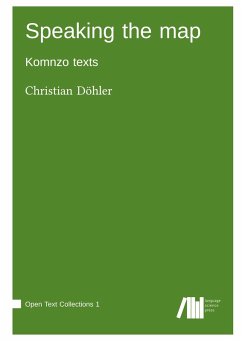
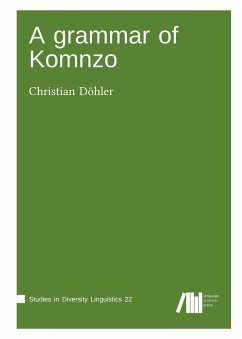
Ähnliche Artikel
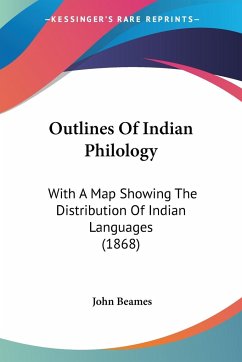
24,99 €
Versandfertig in 1-2 Wochen
Broschiertes Buch
With A Map Showing The Distribution Of Indian Languages (1868)
2. April 2009
Kessinger Publishing, LLC

Gebundenes Buch
Redressing the Canon
1st ed. 2019
28. Januar 2019
Palgrave Macmillan / Springer Nature Singapore / Springer, Berlin
978-981-13-3488-7


16,99 €
Versandfertig in 1-2 Wochen
Broschiertes Buch
Be Accurate And Add Conflict To Your Story, A Reference For Writers, Gamers And Amateur Geographers!
3. September 2020
Inkprint Press
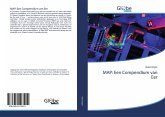
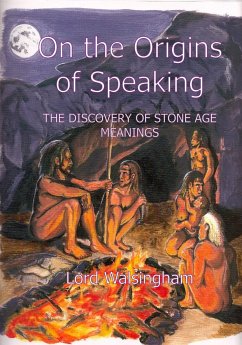
22,99 €
Versandfertig in 1-2 Wochen
Broschiertes Buch
The Discovery of Stone Age Meanings
1. Juni 2021
New Generation Publishing
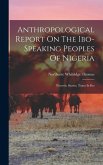
Gebundenes Buch
27. Oktober 2022
Creative Media Partners, LLC
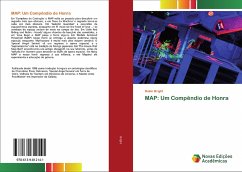
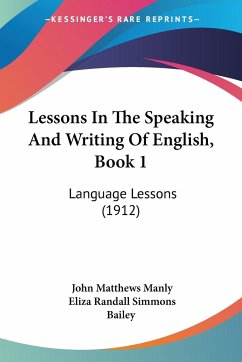
Broschiertes Buch
Language Lessons (1912)
1. Oktober 2008
Kessinger Publishing, LLC
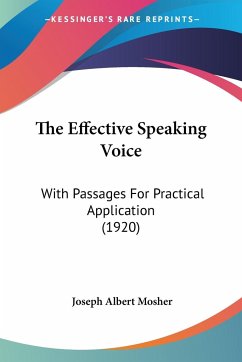
Broschiertes Buch
With Passages For Practical Application (1920)
26. November 2008
Kessinger Publishing, LLC
Ähnlichkeitssuche: Fact®Finder von OMIKRON
